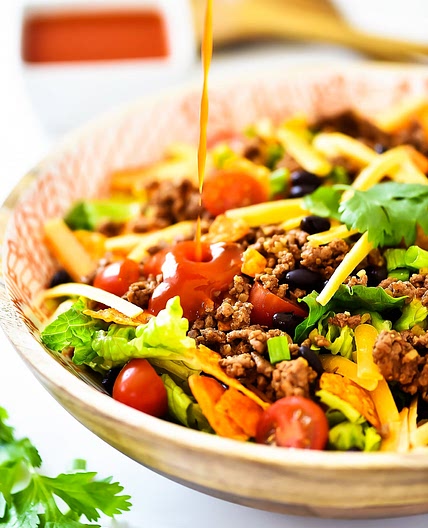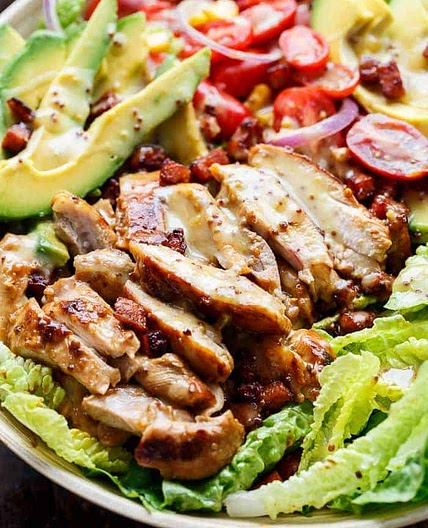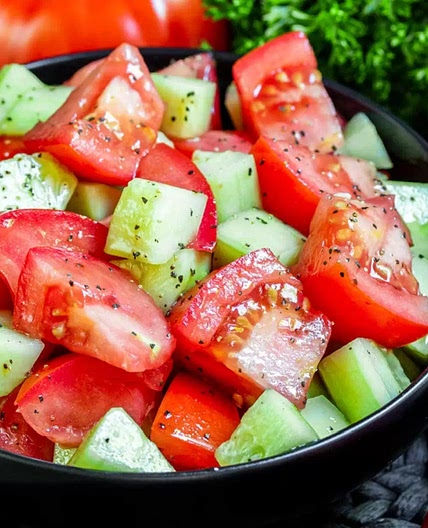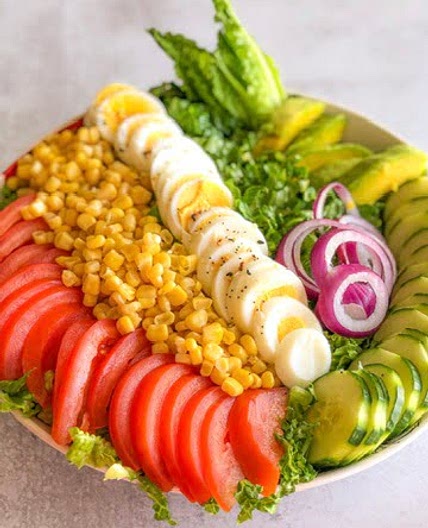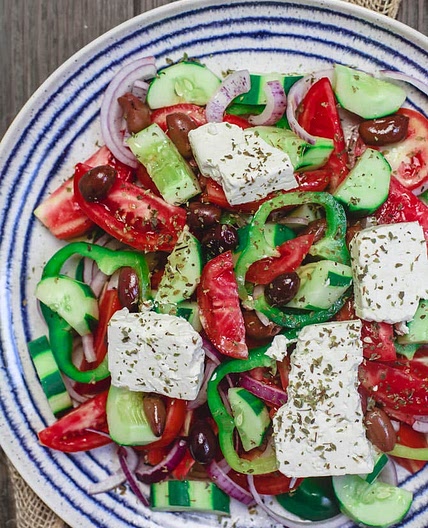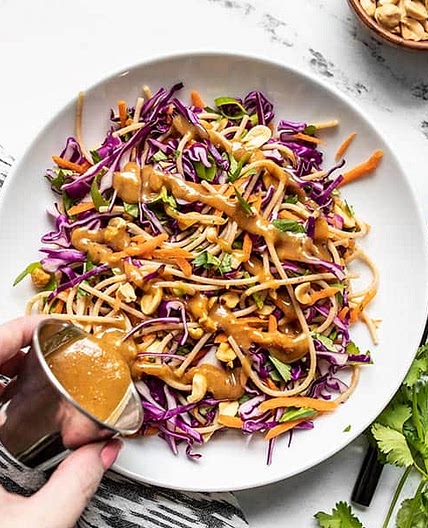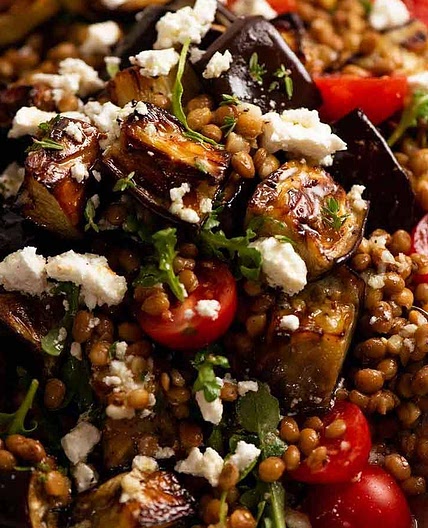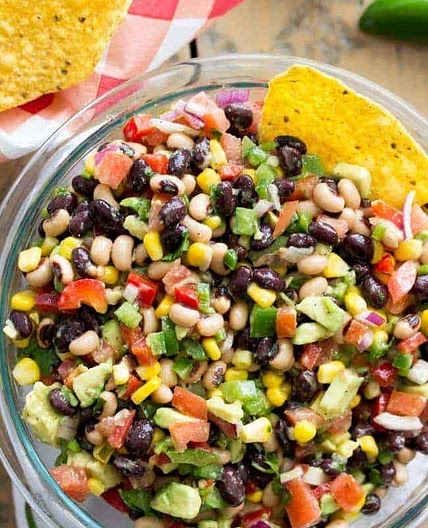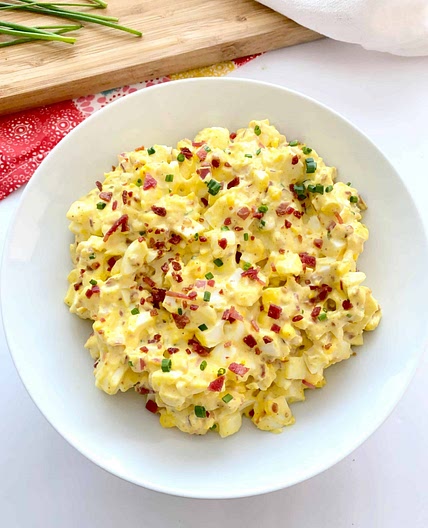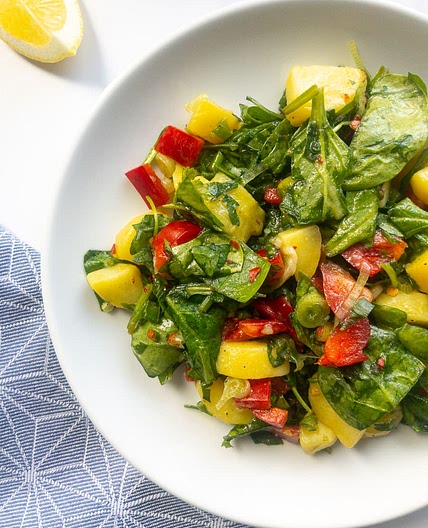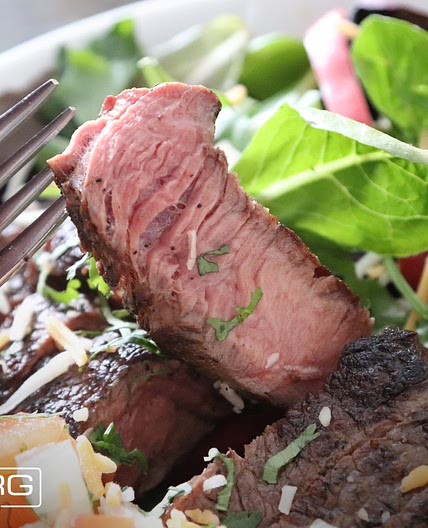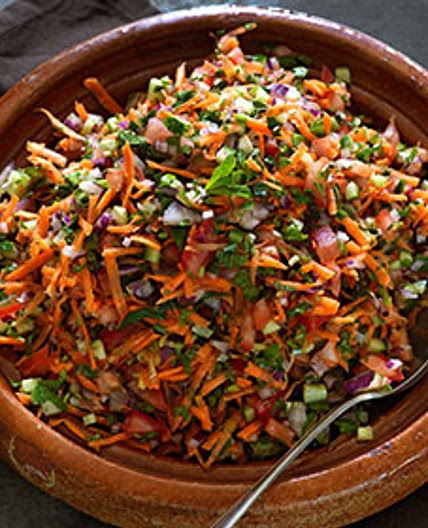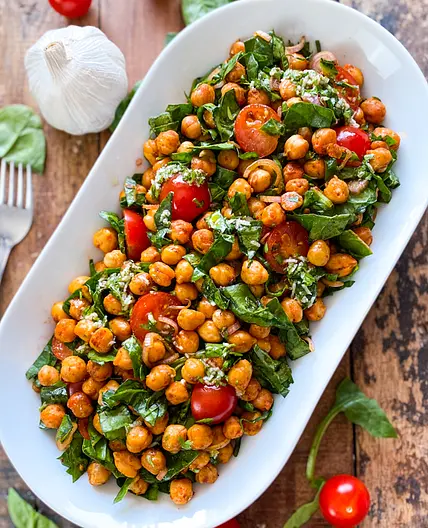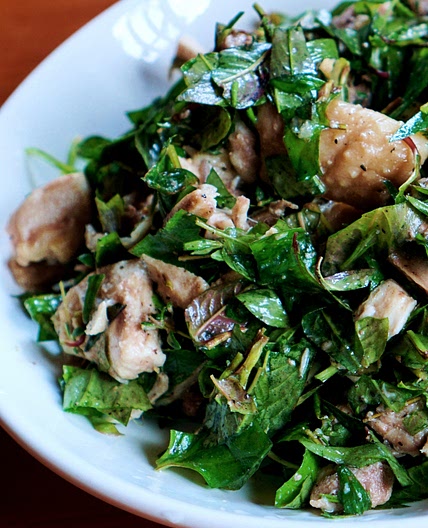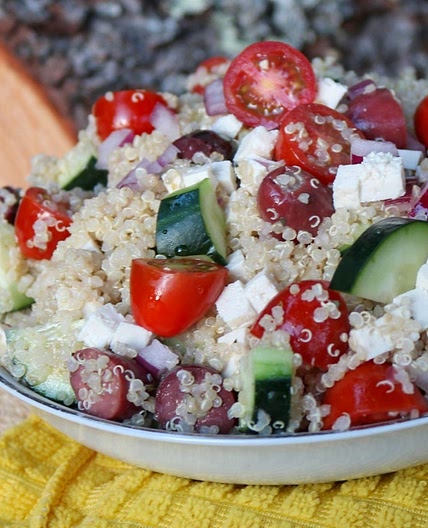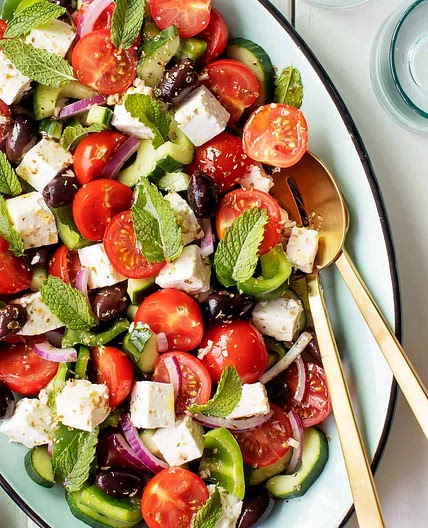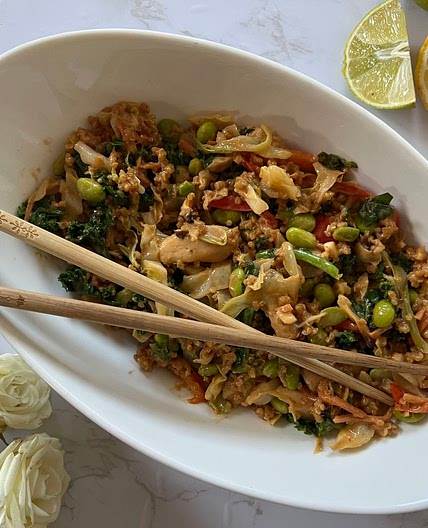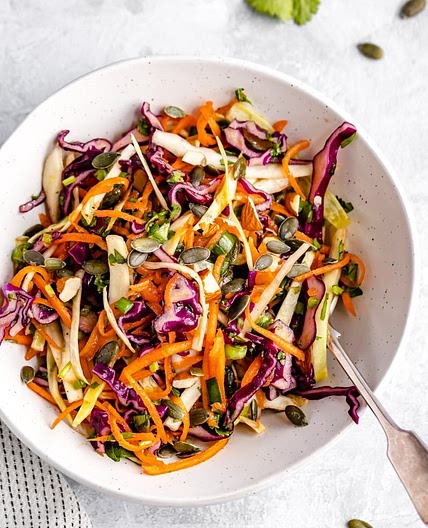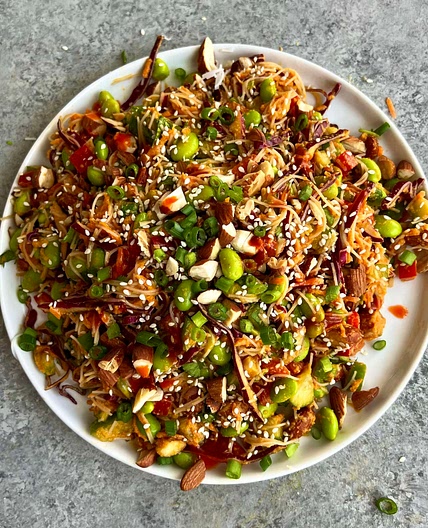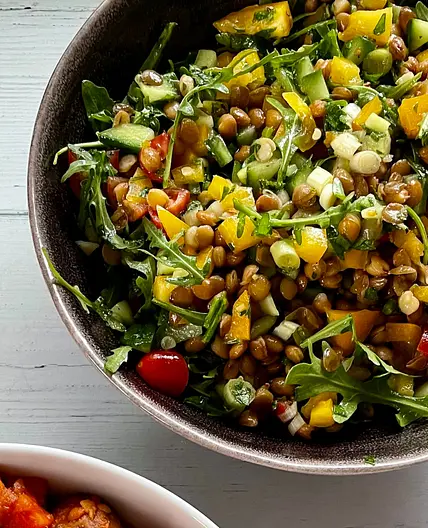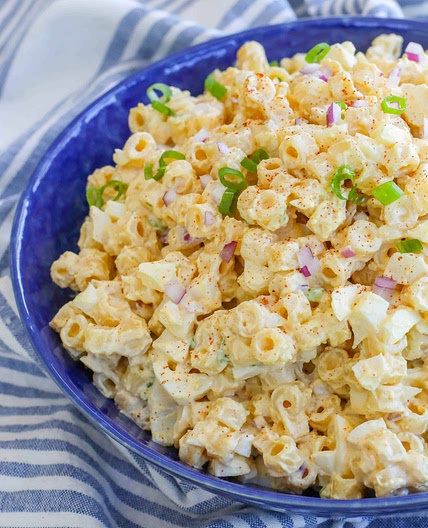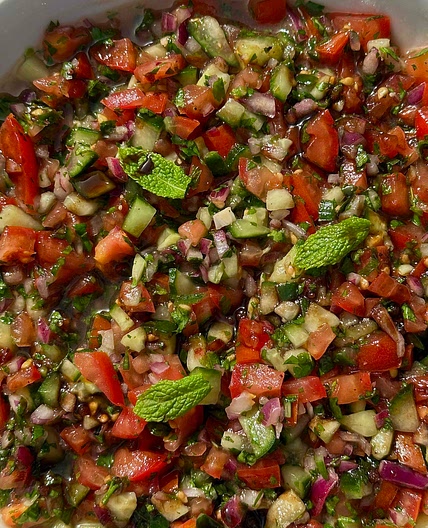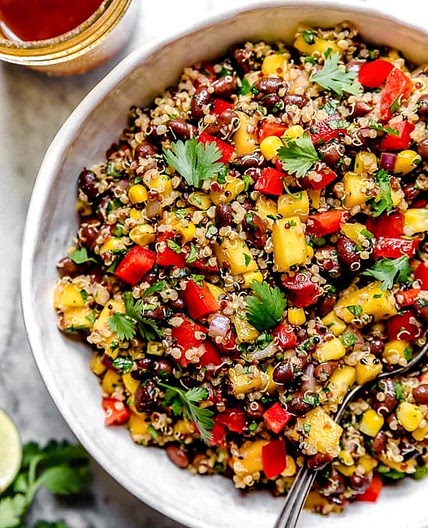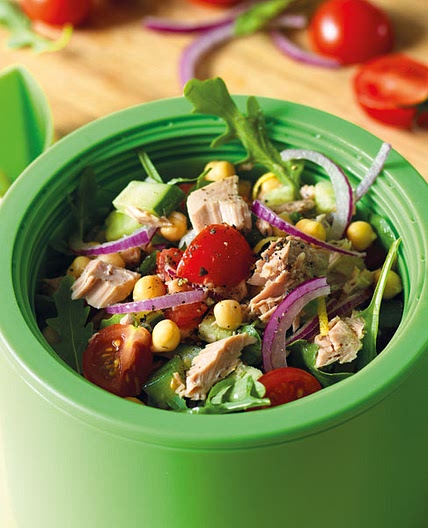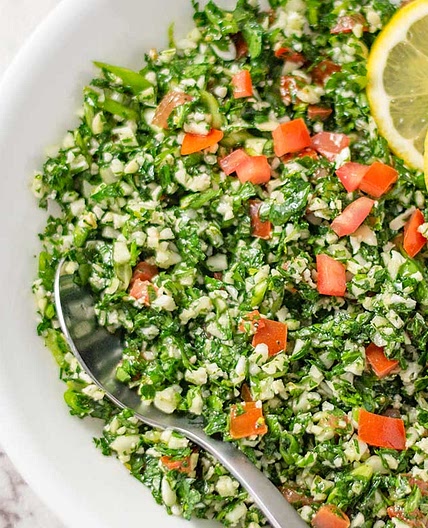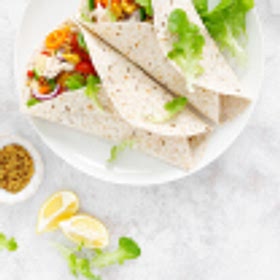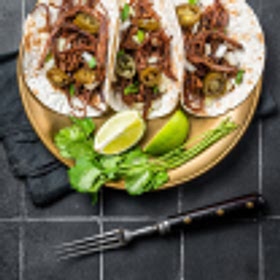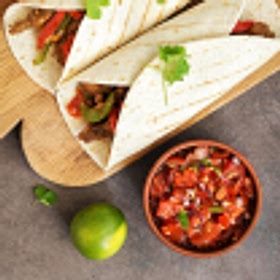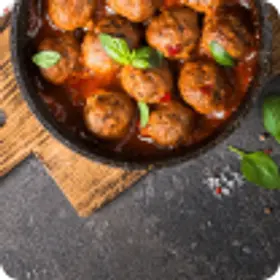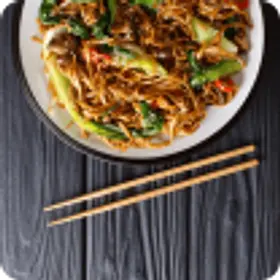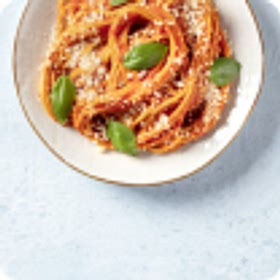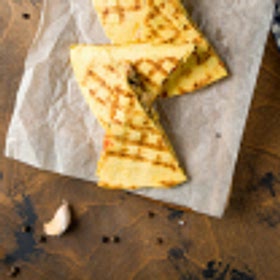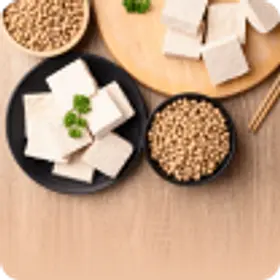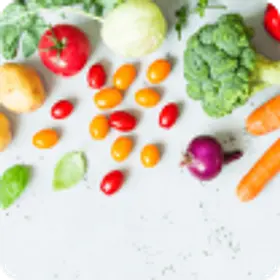The World of Salads: A Comprehensive Guide to Different Types and Tips for Perfecting Them
Salad...it might be the dieter's meal of choice, but salads are actually a versatile, tasty, and refreshing dish. They can be enjoyed on their own or as a side dish. There are countless types and variations of salads, each with its unique flavor, ingredients, and nutritional benefits. In this comprehensive guide, we will explore the world of salads, from classic caesar salads to trendy grain bowls, and provide tips and tricks for preparing them.
Nutrition per serving size(100g)
- Energy: 0
- Total Fat: 0
- Saturated Fat: 0
- Carbohydrate Total: 0
- Sugars: 0
- Protein: 0
- Sodium: 0
- Fiber: 0
- Trans Fat: 0
- Monounsaturated Fat: 0
- Polyunsaturated Fat: 0
- Cholesterol: 0
- Calcium: 0
- Magnesium: 0
- Potassium: 0
- Iron: 0
- Zinc: 0
- Phosphorus: 0
- Vitamin A: 0
- Vitamin C: 0
- Thiamin B1: 0
- Riboflavin B2: 0
- Niacin B3: 0
- Vitamin B6: 0
- Folic Acid B9: 0
- Vitamin B12: 0
- Vitamin D: 0
- Vitamin E: 0
- Vitamin K: 0
- Tryptophan: 0
- Alpha Carotene: 0
- Beta Carotene: 0
- Omega 3 DHA: 0
- Omega 3 EPA: 0
Salad is not just a side dish! A good salad recipe is sooo much more than that. When done right, they are a celebration of fresh and vibrant ingredients that can be combined in endless creative ways. In this guide, we will explore different types of salads, provide tips for crafting nutritious and delicious salads, and share some mouthwatering recipes for you to try.
Our motto? Salad recipes don’t have to be boring or bland!

Types of Salads
Let’s start off with the main types of salad and recipes you’ll find. Though we tend to think of salads as green and vegetable-heavy, they don’t necessarily have to be. In fact, the definition varies greatly. But generally, it’s some kind of mix of ingredients combined with a dressing.
1. Green Salad: Green salads are the most basic type of salad and usually consist of greens like lettuce, spinach, or arugula. They can be topped with a variety of ingredients like tomatoes, cucumbers, avocados, and nuts.
2. Pasta Salad: Pasta salads are a popular side dish and can be made with any type of pasta but most common options include fusilli and farfalle. They are typically served cold and mixed with vegetables, cheese, and a dressing.
3. Potato Salad: A classic BBQ side dish, potato salad consists of boiled potatoes, mayonnaise, and other ingredients like onions, celery, and pickles.
4. Grain Bowl: Grain bowls are a trendy type of salad that usually consists of a mix of whole grains like quinoa or brown rice, vegetables, and a protein source like chicken or tofu.
5. Caesar Salad: Caesar salad is a classic salad which features romaine lettuce, croutons, and Parmesan cheese. The dressing is typically made with anchovy, garlic, lemon, and olive oil. While it would technically be a form of green salad, they’re so popular that we think it’s pretty much a category of it’s own!
Main Salad Ingredients
To make a tasty and nutritious salad, it is essential to use fresh ingredients. You can use any type of base greens, like spinach, arugula, or romaine lettuce, but it is important to use fresh, unbruised leaves. Ones that are soggy, damaged, or limp definitely won’t provide a satisfying base to your powerhouse of a meal.
Other ingredients that are often used in salad recipes include tomatoes, cucumbers, avocados, nuts, cheese, chicken, beef, fish, and shellfish. It is always a good idea to use a variety of colors and textures to make the salad more appealing and to introduce different textures into the dish.
Salad Dressings and Recipes

Dressings are a crucial part of any salad, as they bring out the flavors of the ingredients and bind everything together. Without a dressing, salad can be bland or boring. Salad dressings come in dozens of varieties, ranging from basic olive oil and vinegar to creamy ranch or Caesar dressing. It is important to match the dressing to the salad type.
For example, a light vinaigrette might be ideal for a green salad, while a creamy dressing might be better for a Caesar salad.
Tips for Making Great Salad Recipes
Here are some tips for preparing and serving salads:
- Wash and dry greens: Thoroughly wash the greens under cold water to remove any dirt or impurities. Afterward, ensure they are completely dry before assembling the salad to prevent a watery texture– using a salad spinner would make this process easier but it isn’t strictly necessary.
- Mix and match Ingredients: Experiment with a combination of ingredients to create a good blend of flavors and textures. You don’t have to stick to tomato and cucumber. Consider adding fruits like berries or citrus to introduce a burst of sweetness. Something like spinach and strawberry works well. As does feta and watermelon.
- Add crunch: Add toppings like toasted nuts, seeds, croutons, or crispy bacon to provide a satisfying crunch in every bite.
- Use seasonal produce: Embrace the flavors of each season by incorporating locally available and seasonal ingredients. Not only does this add freshness, but it also supports local farmers and ensures peak flavor.
- Get creative with leftovers: Transform leftover proteins like grilled chicken, steak, or roasted vegetables into a delicious salad the next day. Leftover grains like quinoa or rice can also serve as an excellent base for a grain bowl salad.
- Pack for on-the-go: Prepare salads in portable containers or mason jars for easy grab-and-go options. Layer ingredients strategically, placing the dressing at the bottom and delicate greens on top to maintain freshness.
- Use fresh herbs: Add a burst of freshness and aroma to your salad by incorporating fresh herbs like basil, cilantro, mint, or parsley. They can elevate the overall flavor profile and add visual appeal.

FAQs
Salads should ideally be eaten as soon as possible after preparation. However, they can be stored in the refrigerator for 2-3 days, as long as they are tightly covered.
Yes! salads can be filling depending on the ingredients and portion size. Adding protein-rich ingredients like grilled chicken, tofu, beans, or quinoa can increase the satiety factor. Including healthy fats like avocado or nuts can also contribute to a more satisfying and filling salad.
Not all dressings are high in calories. Choosing a light vinaigrette or making your own dressing with ingredients like Greek yogurt or olive oil can be a healthy alternative.
Conclusion
Salads are a healthy, delicious, and versatile meal that can be enjoyed in various forms. With our comprehensive guide, we hope to provide you with the knowledge and confidence to prepare and serve your perfect salad. So go ahead, experiment with different toppings and dressings, and discover your favorite salad recipes today!
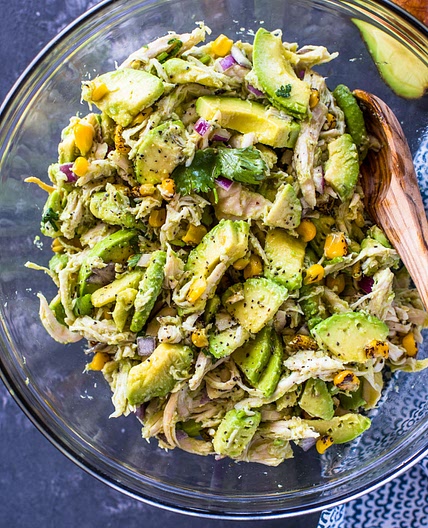
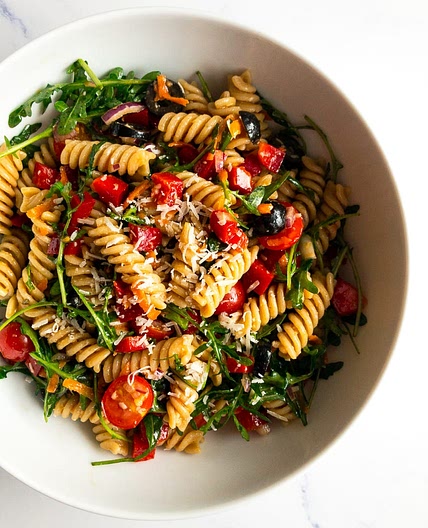

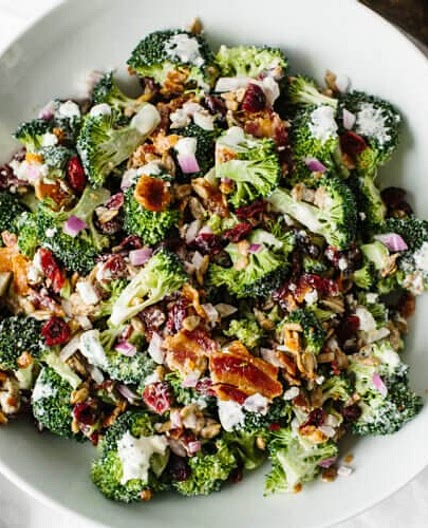


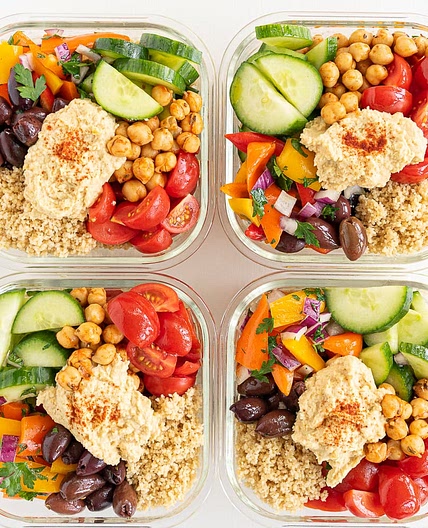
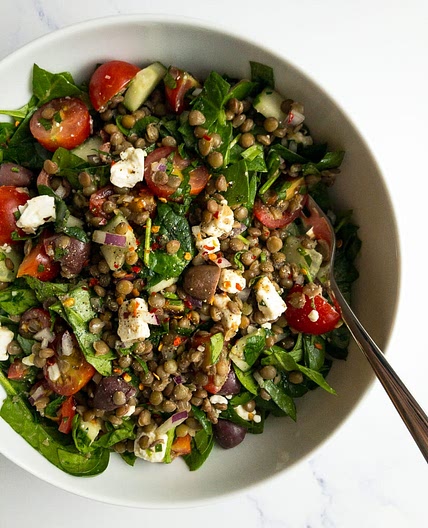


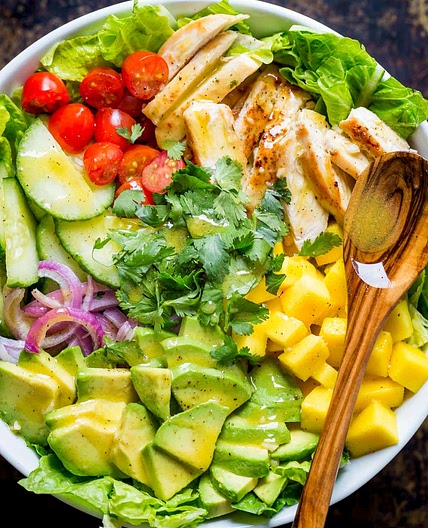


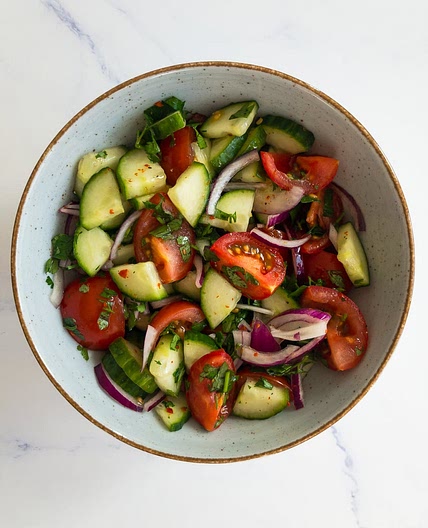
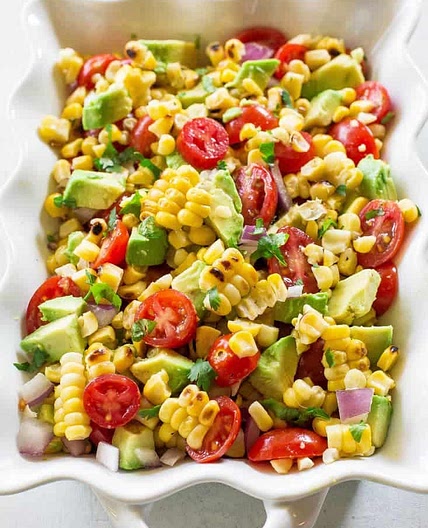


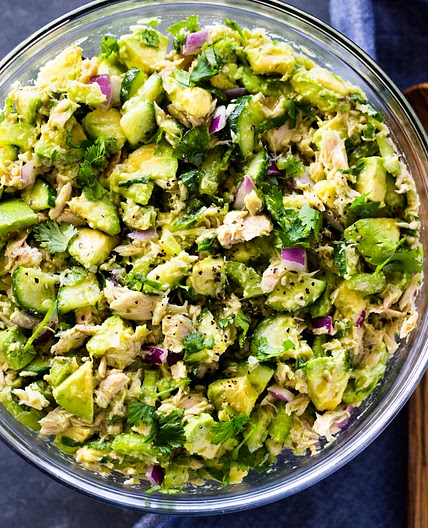

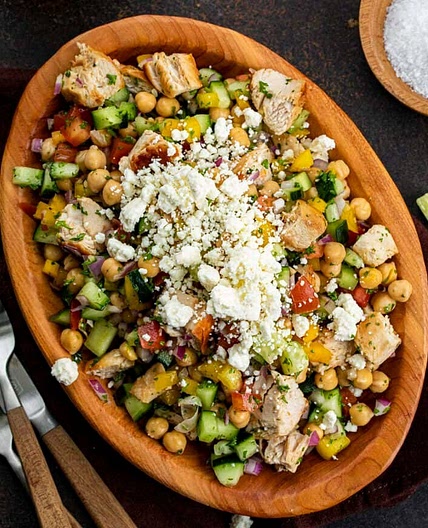

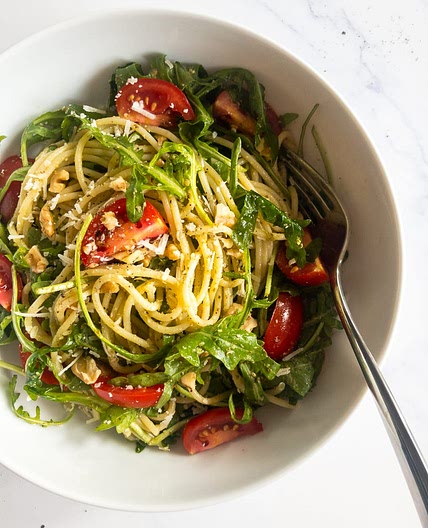
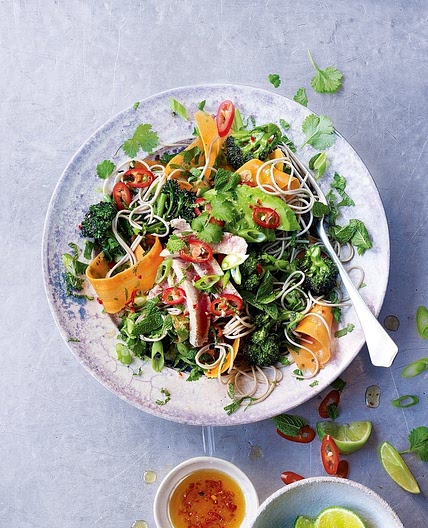
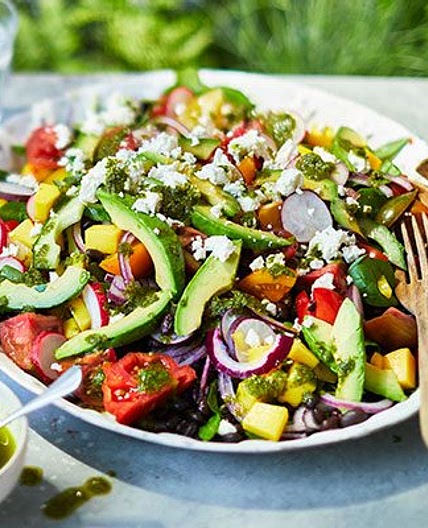
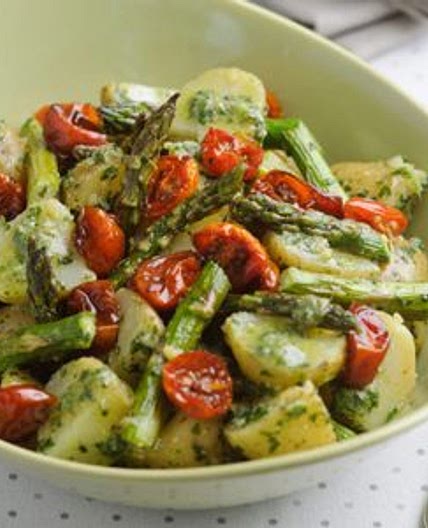
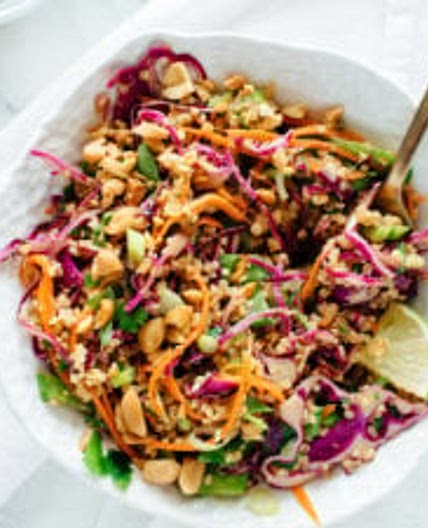
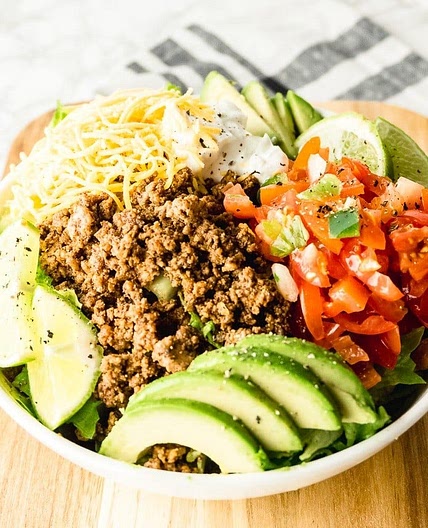

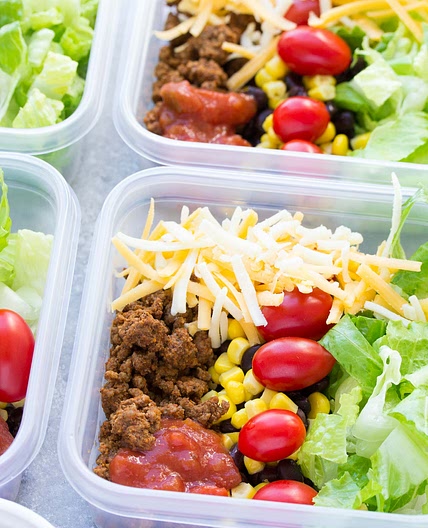

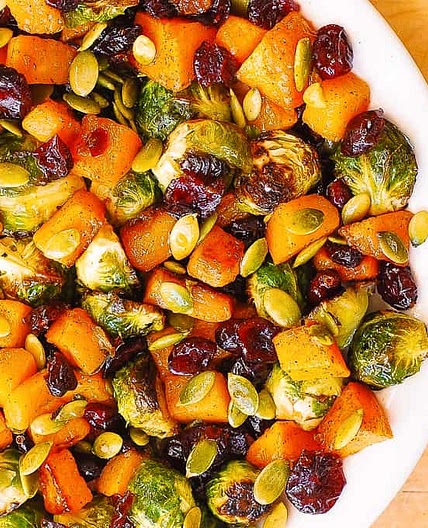

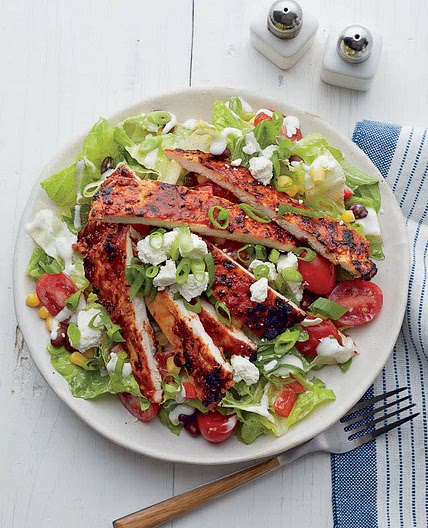
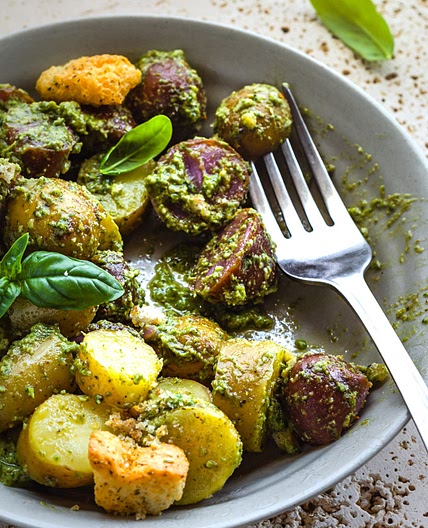
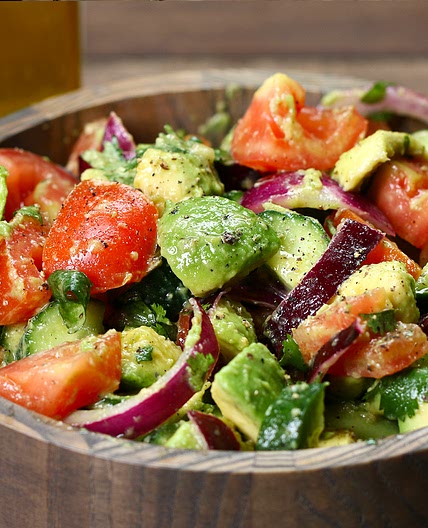


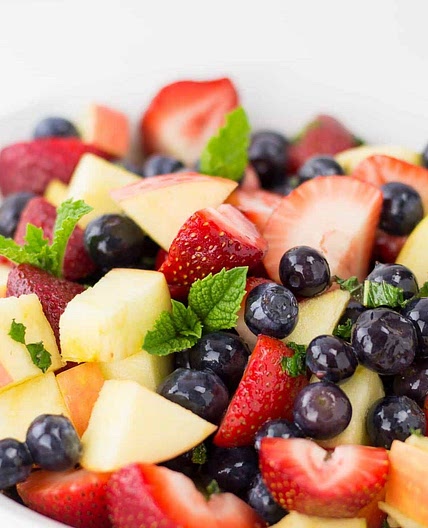
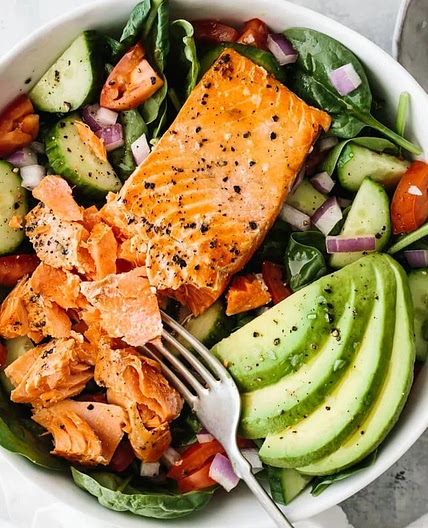


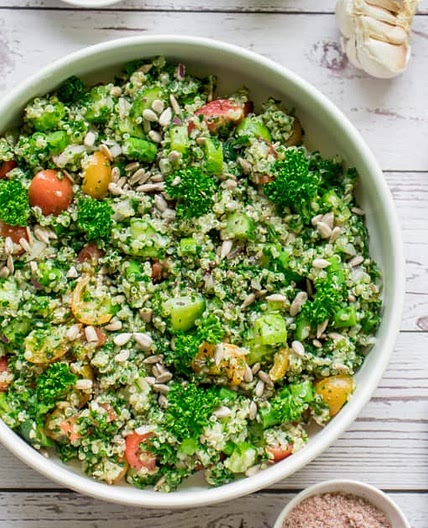
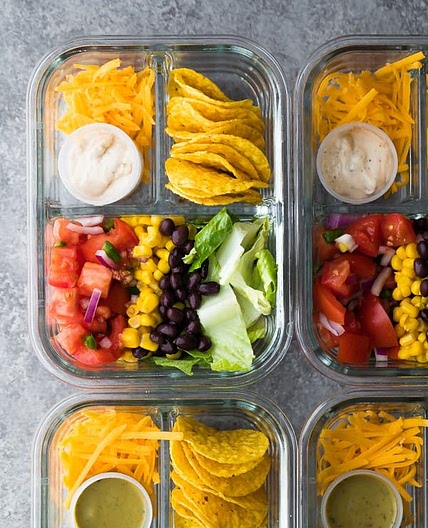
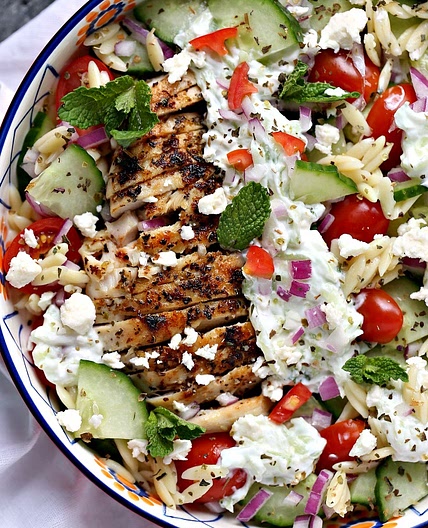
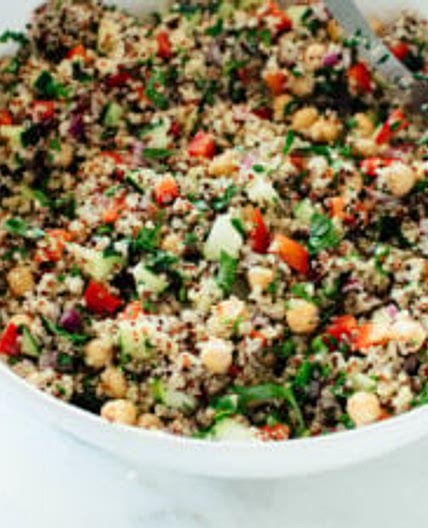

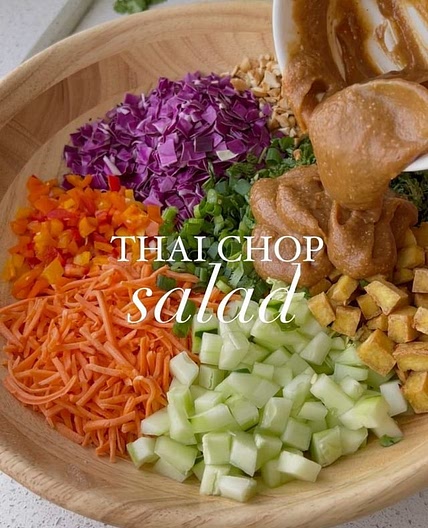
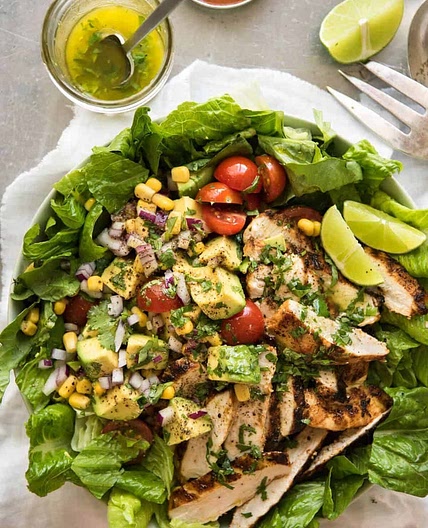
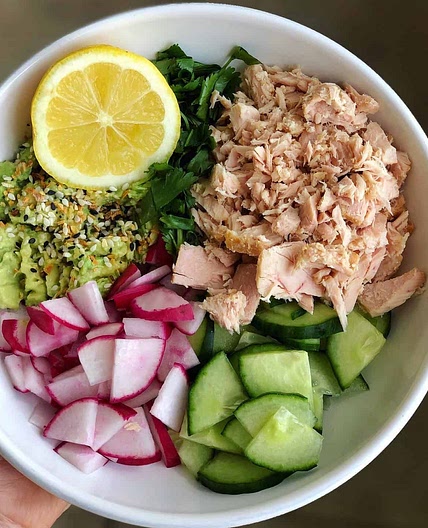
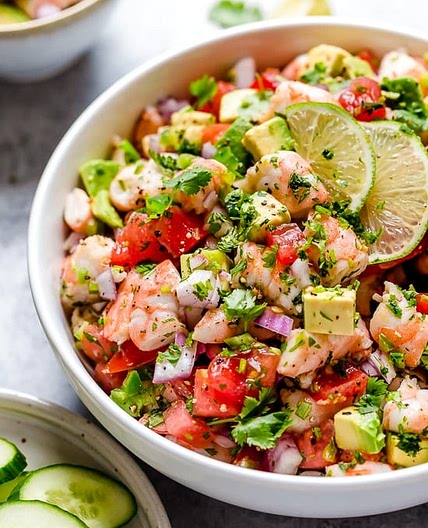

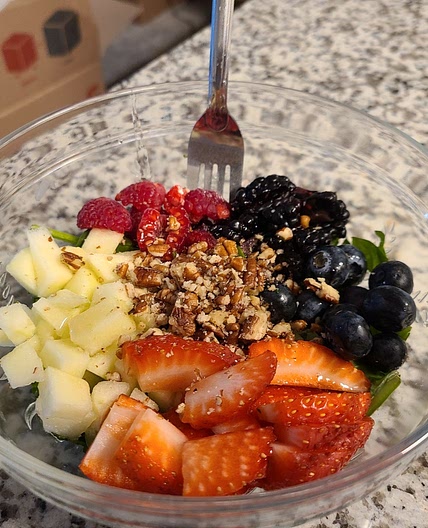

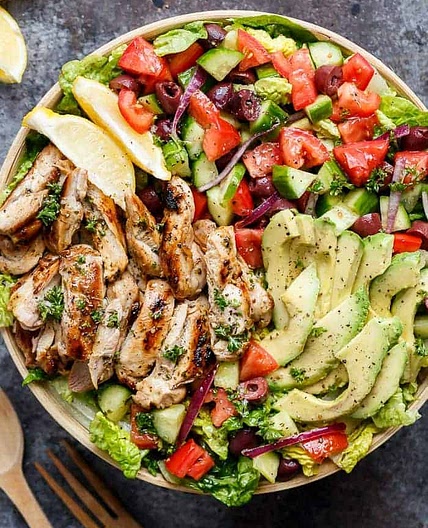
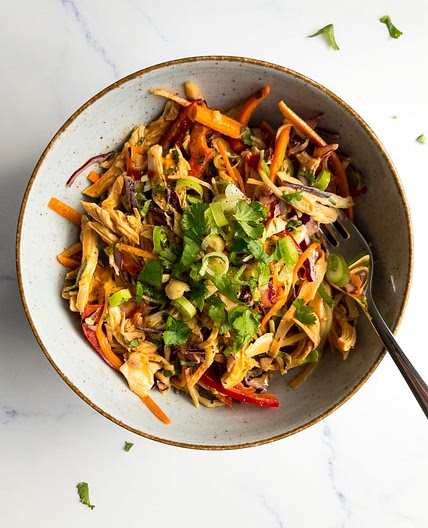
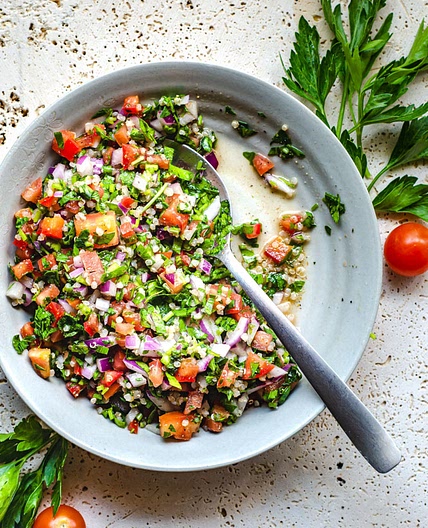
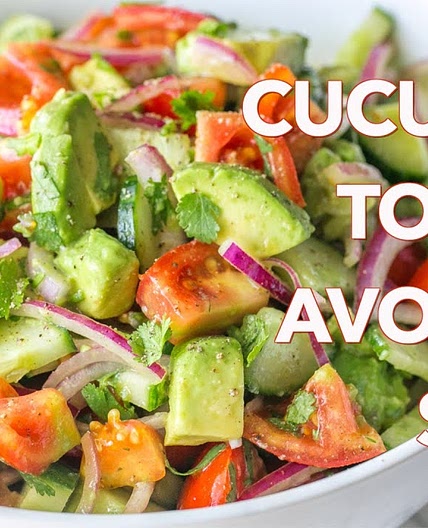
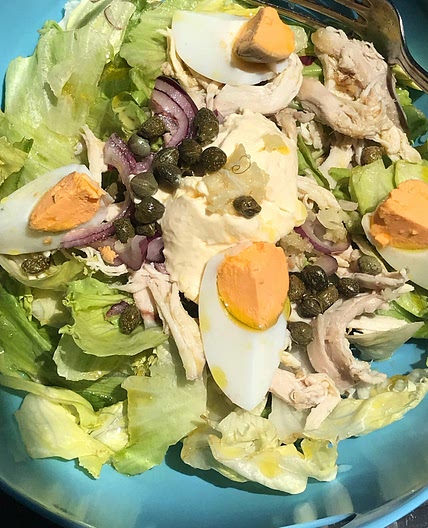
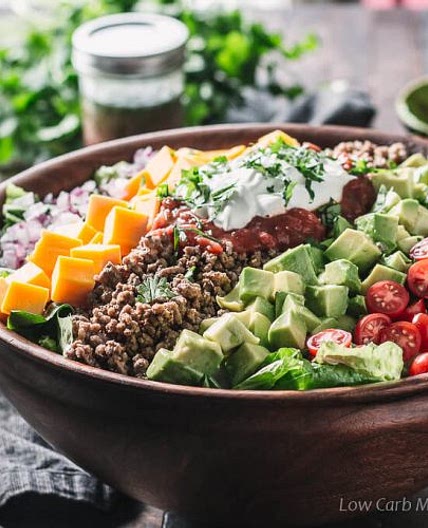
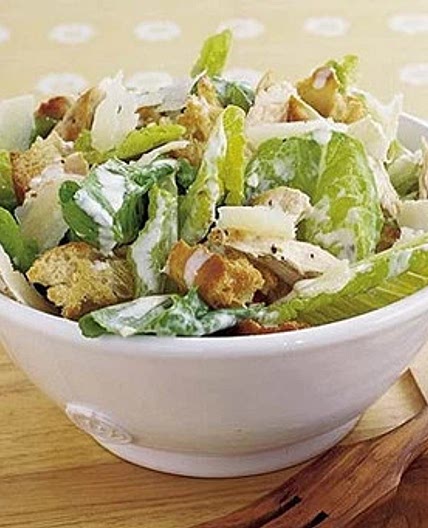
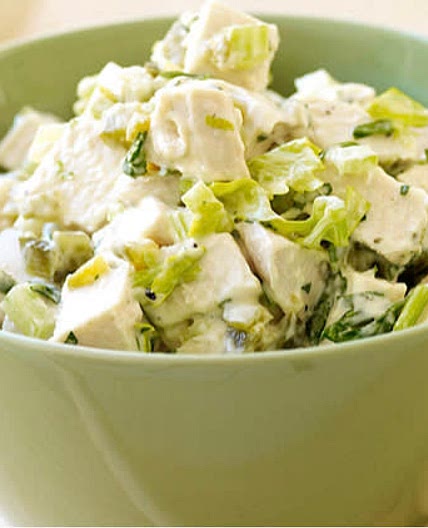
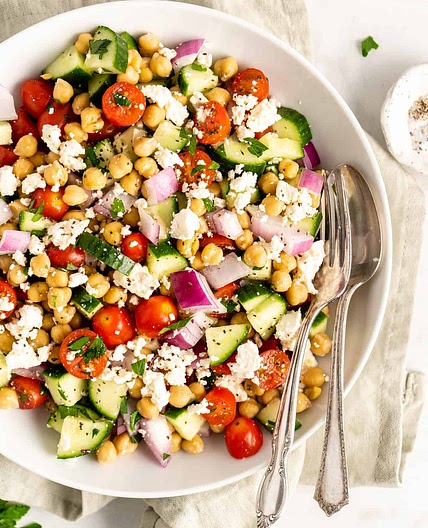


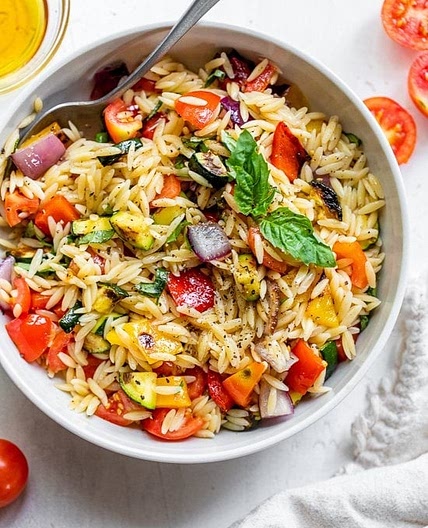
![Kachumber Salad [Authentic Indian Salad]](https://art.whisk.com/image/upload/fl_progressive,h_264,w_214,c_fill,dpr_2.0/v1647298208/recipe/ae36c0ac9b3913fde0ef6bca10dcb4f0.jpg)
